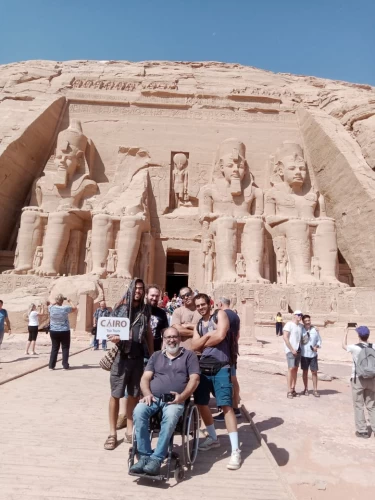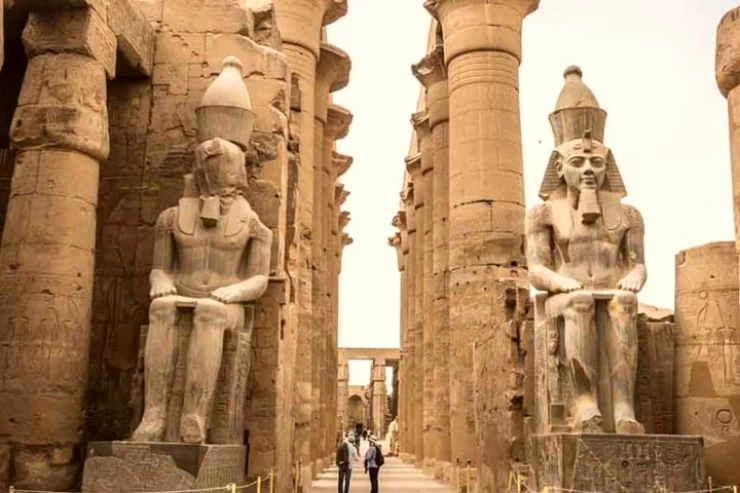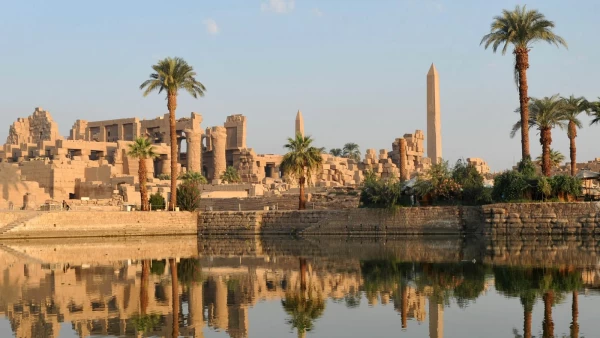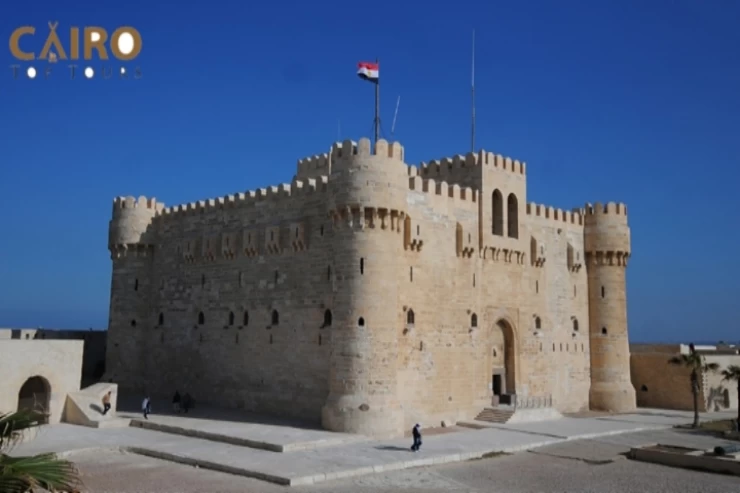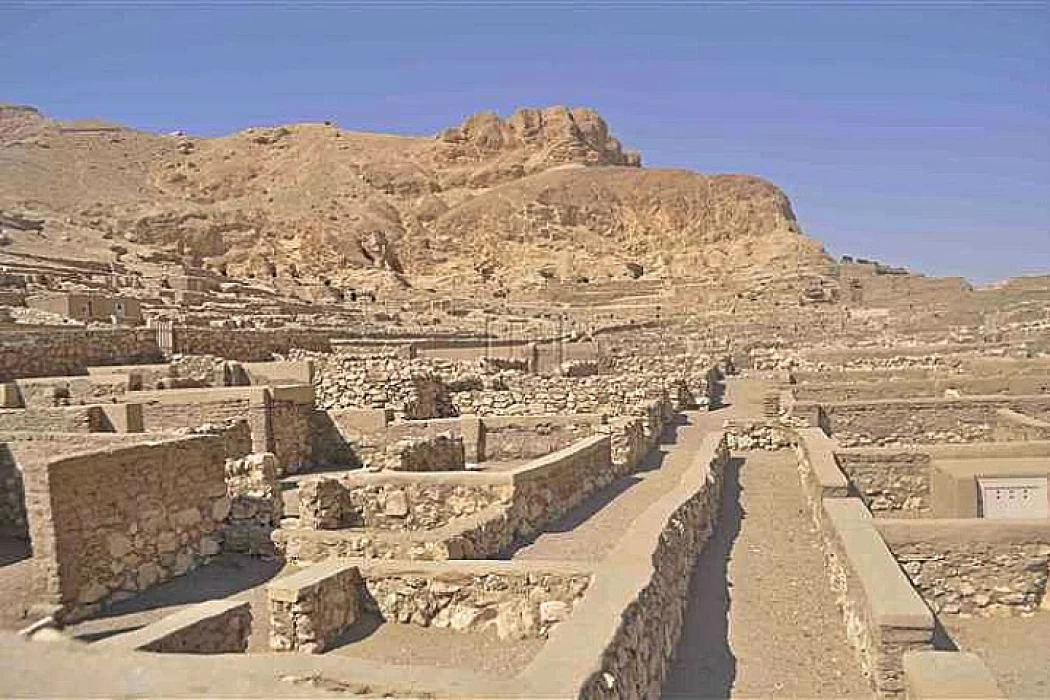
Deir El-Medina in Luxor
Deir El-Medina temple in Luxor
Deir El-Medineh is the valley where the village and necropolis of all those who built and decorated the royal tombs of Thebes are located. The village’s location was intended to provide a pleasant environment. Its walls take the form of the narrow green valley in which it stands, hidden by the hill of Gournet Murrai (or Gournet Mar'eï), on the road leading from the Ramesseum to the Valley of the Queens, west of Thebes, on the opposite bank of the Nile. Its dimensions were 130 m x 50 m. At its peak, under Ramses IV (1153–1147), the village covered an area of 5,600 m2.
What is Deir el-Medina? Deir el-Medina stands as an archaeological site on Luxor's western bank, which served as Thebes in ancient Egypt, the capital during the New Kingdom and other historical eras. This site differs from others offering the best glimpse into ancient Egyptian daily life.
In the Valley of the Kings, the Valley of the Queens, and other noble women's cemeteries, craftsmen and other professions lived and worked. It was, in short, the residence of "ordinary people" with their families, cares, difficulties, and pastimes.
Recent decades of excavations and studies have unearthed documents that paint a clear picture of ancient Egyptian life. These findings span diverse areas such as law, medicine, and food culture.







